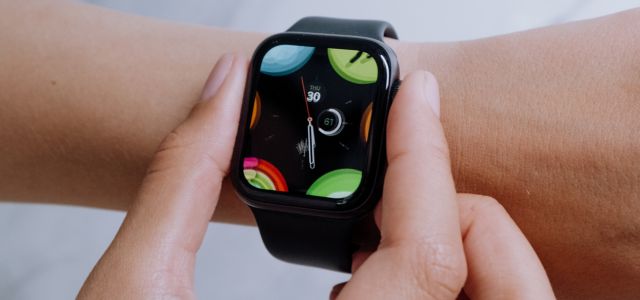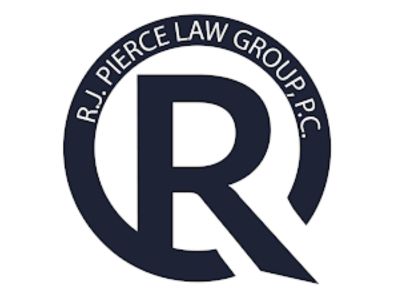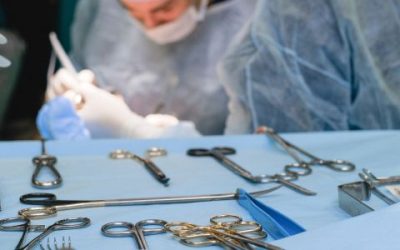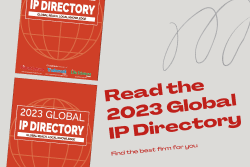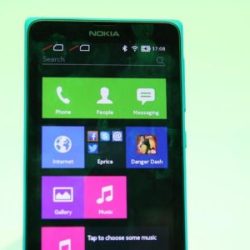Patent lawyers watching the Apple v. Masimo case unfold at the Federal Circuit are seeing a live example of key issues in US patent enforcement. These include the scope of ITC exclusion orders, the role of product design in infringement analysis, and the growing trend of large companies choosing litigation over early settlement.
The core dispute centers on Apple’s use of pulse oximetry technology in its Series 6 and later Apple Watches. Masimo alleges Apple misappropriated this technology after hiring away its employees and abandoning discussions for a potential collaboration. In 2023, the International Trade Commission issued an exclusion order barring Apple from importing or selling smartwatches that use the technology. The Biden administration chose not to veto the decision, and Apple’s attempts to pause the ban have so far been unsuccessful at both the ITC and the Federal Circuit.
Apple argues that Masimo did not have a commercially available smartwatch at the time it filed the complaint and that the domestic industry requirement was not satisfied. Masimo maintains that prototypes are enough under the law and that Apple is attempting to shift well-established legal standards. In response to the exclusion order, Apple removed the blood-oxygen feature from affected US models and is pursuing a parallel customs review and ongoing court appeals.
This case is a reminder to patent counsel of several important points. First, employee mobility must be carefully managed when sensitive technology is involved. Second, the ITC remains a powerful enforcement venue, especially in industries involving consumer electronics. Third, even early-stage product development may support a successful complaint if statutory criteria are met. And fourth, the strategy of redesigning a product can be an effective alternative to settlement under the right conditions.
With no veto from the executive branch and appeals still pending, Apple’s approach reflects a strategic gamble that litigation and product changes may allow it to maintain market presence while contesting the ruling. For now, this case provides a rare public example of aggressive enforcement and high-stakes defense over health technology in the wearables market.
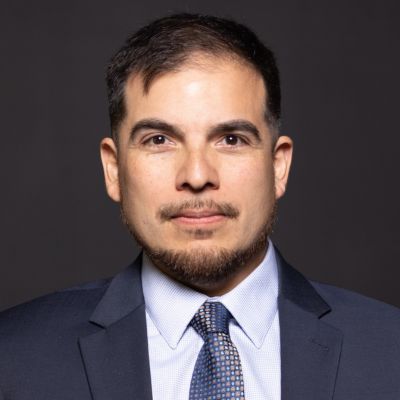
Written by Oscar Trejo
Lead Trademark Attorney, R.J. Pierce Law Group
You may also like…
Pravin Anand conferred with the APAA Enduring Impact Award
Pre-eminent IP Lawyer and Managing Partner of Anand and Anand, Mr Pravin Anand, has been conferred with the...
The quiet power of confidentiality clubs in SEP litigation
In standard essential patent (SEP) disputes, especially those involving FRAND (Fair, Reasonable, and...
A $10 million patent win reduced to a $1 lesson in damages
In a decision that will resonate as a stark warning to patent litigants, the US Court of Appeals for the Federal...
Contact us to write for out Newsletter


